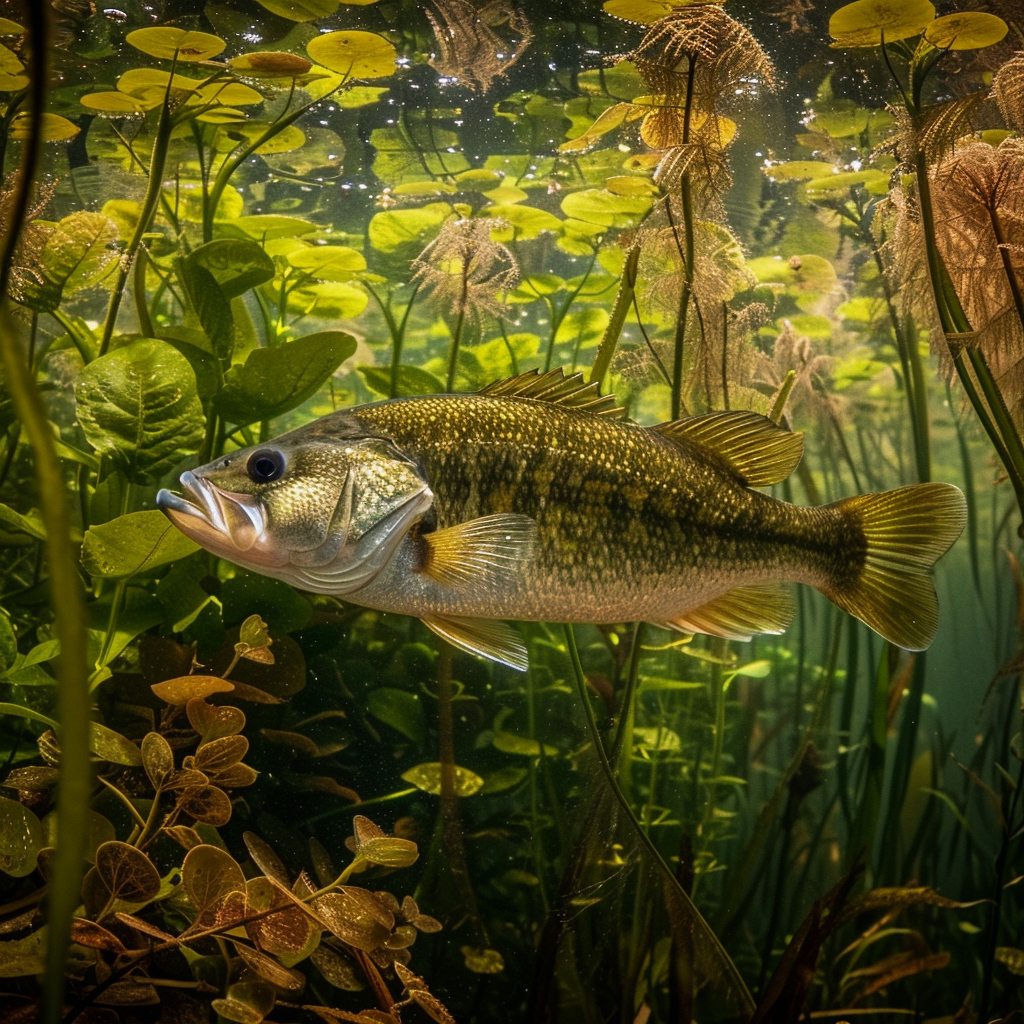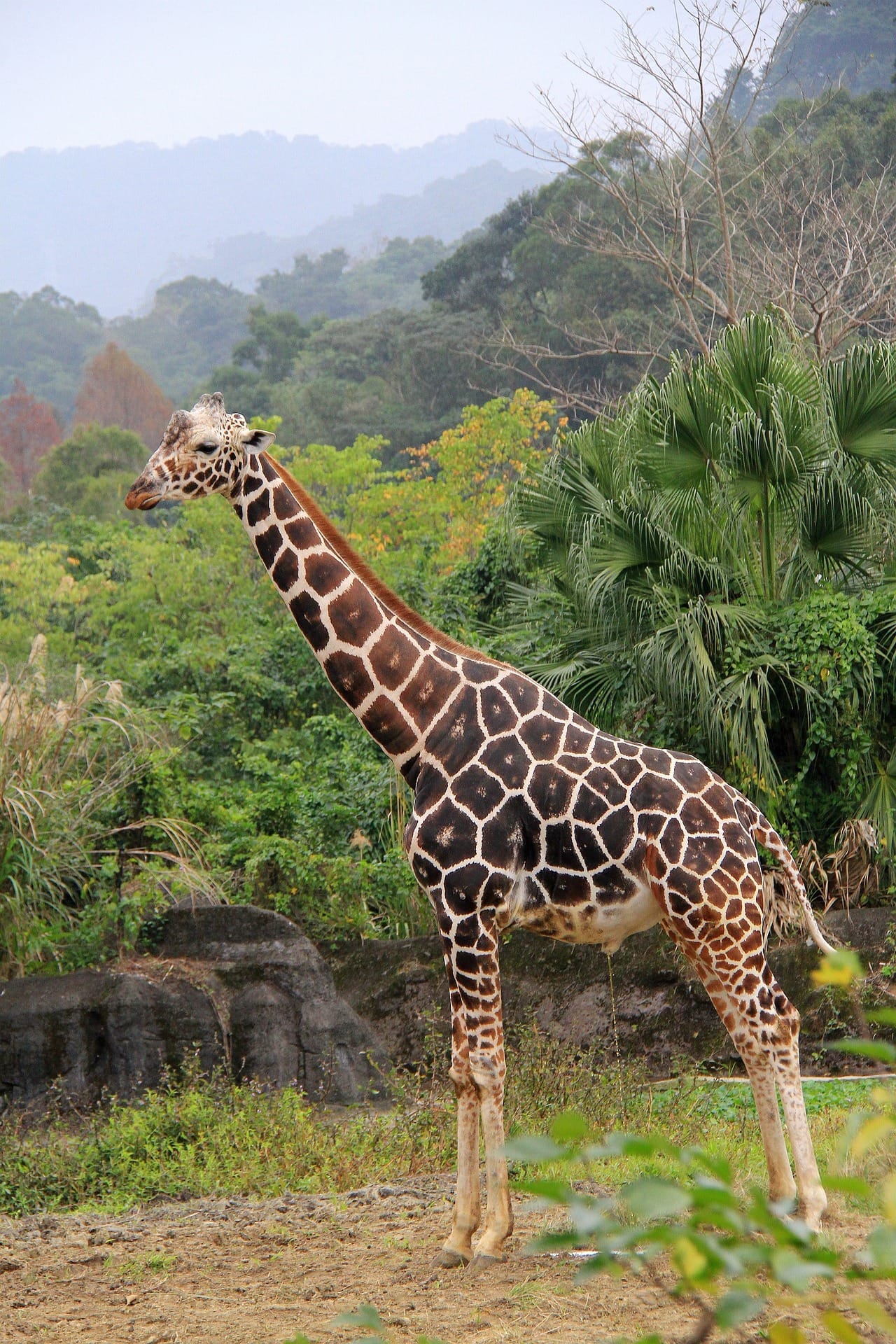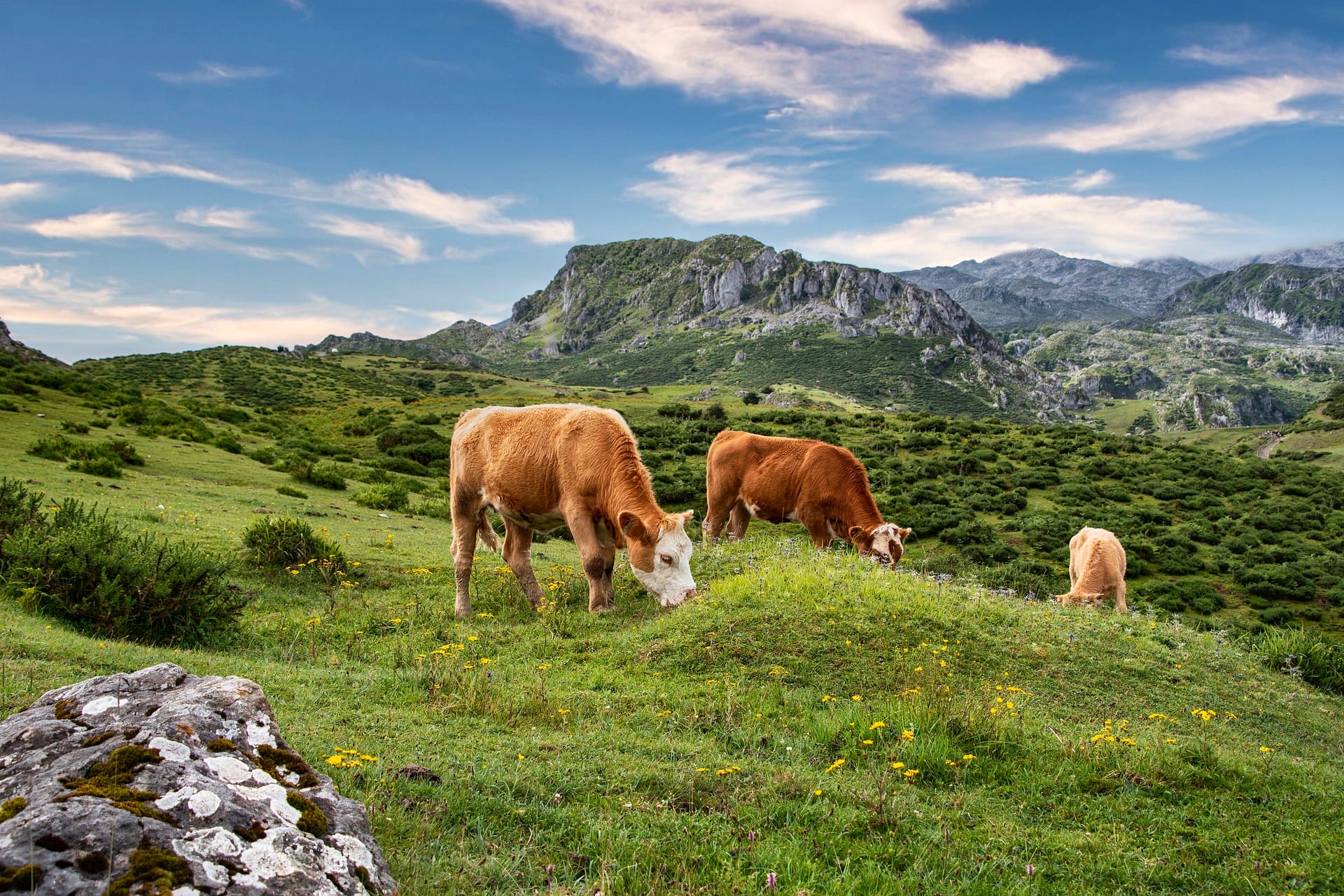A Steady Stream

Believe it or not, peeing has been a trending topic this week, with headline articles appearing in The New York Times, Smithsonian magazine, NPR, and many other media outlets.
The reason for all this publicity is that approximately one trillion periodical cicadas will soon emerge across the eastern United States—and at the same time researchers just discovered that cicadas have a novel way of urinating.


Media outlets have been focusing on the ways that cicadas squirt urine in jets rather than dribbling urine in droplets like other insects.
Apparently, if you walk under trees full of cicadas, all the cicadas continuously peeing on your head feels like soft rain!

However, all this coverage had me asking a different question. Specifically, I started wondering how much urine one trillion cicadas produce?! And how much urine do all the animals on the earth produce?

For example, I've read that fish urine is a significant factor in aquatic ecosystems, and with an estimated 2.2 million species of animals living in the ocean alone, fish aren't the only ones peeing in the water!
Whales produce over 200 gallons of urine a day.

So, what is urine, and what's in it? Urine is how most animals extract metabolic wastes from their bloodstream, then eliminate these wastes from their bodies. Critically, these wastes include the forms of nitrogen that result when animals break down proteins to create energy, and these byproducts are toxic if they accumulate in body tissues.

Because urine is loaded with nitrogen, it means that urinating animals are constantly adding nitrogen to the lakes, oceans, and soils of the world. And nitrogen is a fertilizer so urine has a huge ecological impact that can be both positive and negative.

There's no way to calculate the sum total of urine produced on a daily basis by the world's animals, but here are some examples.

Cicadas drink 300 grams of watery plant sap every day, and nearly all of this liquid is quickly excreted, so for the sake of argument let's say that a cicada produces 300 grams of urine. By my calculations this means that one trillion cicadas produce over 78 billion gallons of urine every day! (You can check my math here: 300 grams = 0.3 liters = 1.25 cups x 1 trillion = 1.25 trillion cups = 78 billion gallons.)
Or consider a couple larger animals. Cows produce 6 liters of urine and there are an estimated one billion cows in the world so that's about 1.5 billion gallons. And each human produces an average of 1.4 liters, so with 8 billion people in the world that translates into something like 16 billion gallons every day.

That is a lot of urine, and we've only considered three of the earth's 11 million or more species. The total amounts of urine, and the cumulative impacts of this urine, are beyond comprehension—just thinking about this prompts me to see the world in a new way!


Member discussion